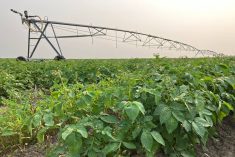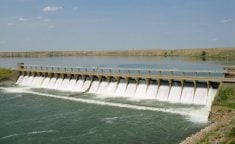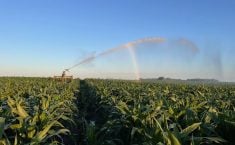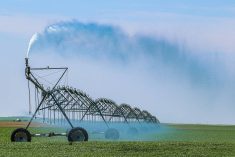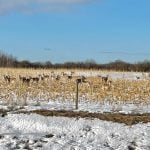Alberta has proposed an update to the Water Amendment Act to make more water available for farmers, ranchers, businesses, agri-processors and growing communities.
Bill 7, the Water Amendment Act will help farmers, ranchers, communities and businesses by streamlining regulatory requirements, increasing transparency and making it easier for Albertans to use and share water.
WHY IT MATTERS: Alberta’s population is growing and so is the demand for water, which is a pivotal resource for communities, counties and agricultural producers.
Read Also
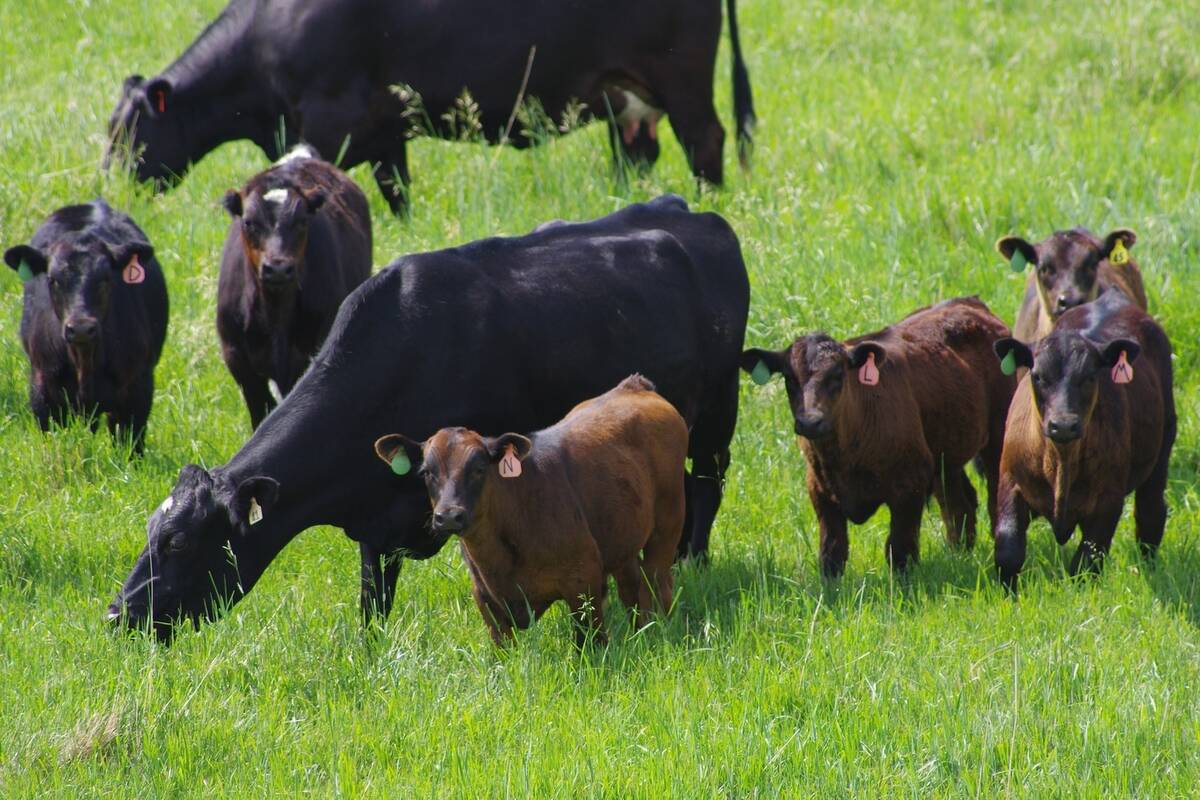
Grazing ‘sweet spot’ boosts pasture performance
Timing-focused approach to pasture management touted to boost forage growth, livestock gains while also cutting farmer labour and inputs
“Every day, more families, businesses and industries are coming to Alberta. Our population is increasing,” Rebecca Schulz, Minister of Environment and Protected Areas, said during an Oct. 30 news conference.
“Our communities are growing, our economy is thriving and, of course, demand for water is higher than ever. Every part of our province and economy relies on water. While we cannot make it rain or snow where or when we need it, we can make the system more effective and make every drop of water count,” she said.
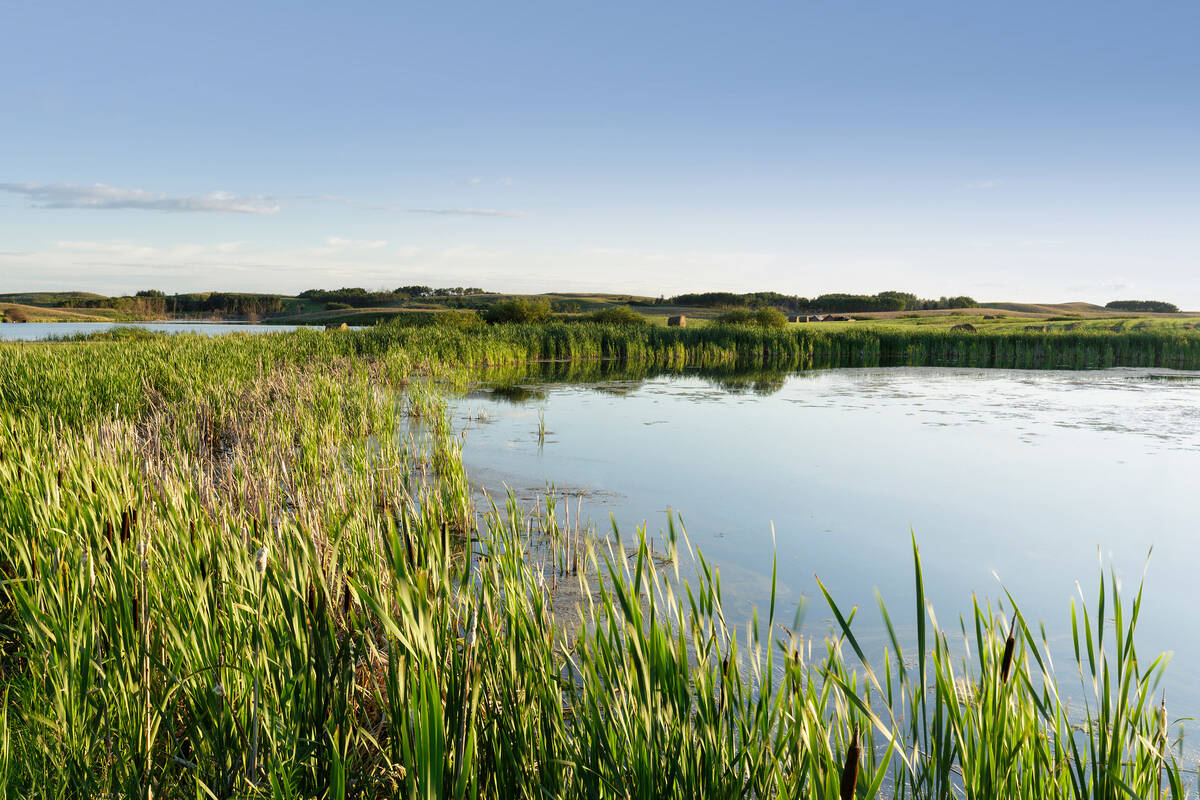
Alberta’s Water Act has not been updated since 1999, even though the province’s population has doubled. Schulz said the water management system needs to keep up.
“Over the past year, we heard from thousands of Albertans about what changes are needed. We heard that the foundation of our system is working well, including the principles of first in time, first in right,” she said.
The government also heard the system is often slow, confusing, inconsistent and lacks transparency.
“This keeps our limited water resources from being used and shared as efficiently and effectively as possible,” she said.
If passed, Bill 7 will keep the strong foundation of Alberta’s water management system in place, while introducing updates that protect the environment while supporting a growing province and economy.
“Bill 7 will remove barriers and improve water licensing processes, making it easier to access and use water. Right now, slow and confusing rules prevent many farmers from making minor changes to how they use and divert water on their land. We will give them more flexibility, so the water gets to where it’s needed. We’re also making it easier for communities to collect rainwater from rooftops and reuse wastewater,” she said.
“We’ve also heard that we need better transparency on where water is going in our province. Right now, there are gaps in how information is reported and to whom. Bill 7 will allow the government to set consistent expectations for water-use measurement and reporting. This will make the system fairer, more transparent and help water users access water when they need it, or in times of significant drought,” she said.
Under Bill 7, the foundation of Alberta’s 120-year-old water system will remain in place. There will be no reductions or claw backs in allocations for existing licenses. Royalties, bulk or volumetric pricing of water are not included in this legislation. If passed, Bill 7 will clarify important decisions to promote water conservation and healthy ecosystems, simplifying minor licence changes. The legislation will allow the government to set mandatory timelines for reviewing applications and allow farmers, ranchers and others to adjust their licenses and bring all their allocations under one licence, making it easier to adapt to conditions on the ground while maximizing how effectively water is used.
Bill 7 will bring Alberta in line with other jurisdictions in Canada by allowing lower risk inter-basin transfers to be approved by ministerial order instead of requiring a special act of the legislature. For example, if Milk River needs an inter-basin transfer to access drinking water due to an incident out of their control, it doesn’t make sense for the legislature to meet and vote, Schulz said.
“This doesn’t happen in other provinces. It is slow, cumbersome and delays water to getting where it is needed. To be clear, this change would only apply to low-risk transfers. Any high-risk transfers would require a special act of the legislature,” she said.

That means any transfer request involving a large amount of water, travelling long distances or involving more than two basins would still need to be voted in the legislature. Low-risk transfers must meet strict environmental standards, or they will not be approved, she said.
The changes will not affect Alberta’s environmental standards.
“This system is complex, and we know there is more work to do. The legislation is the first piece. We will keep every tool available, including regulatory and policy changes to further improve the water management system Albertans rely on,” she said.
RJ Sigurdson, Minister of Alberta Agriculture and Irrigation, said the changes will be a major benefit to the agricultural industry.
“With droughts in recent years, our government has made it a top priority to secure more water and improve stability in drought affected areas. That’s why my ministry continues to invest in improving our irrigation system. Through the irrigation rehabilitation program, we’re replacing open canals with buried pipelines to ensure water gets to the irrigators and we’re increasing efficiencies. Modernizing Alberta’s irrigation network will position our agricultural sector to lead the province’s economic growth. We’re looking at other options as well for water storage to help farmers and ranchers through dry times, which we know will come again,” he said.
Josh Bishop, Reeve for the County of Wetaskiwin, said the proposed amendments will enable his county to unlock the capacity of under-utilized infrastructure that has been paid for by the government, leading to improved sustainability. Bishop was impressed by the engagement strategy, which brought various stakeholders in right at the beginning.
“We truly appreciate that this one was so different. It was literally a blank slate,” he said.
Participants were asked what was working and what was not, as well as their own opinions about the Water Act. In the second engagement, Bishop saw concerns raised by his county were included.
“I hope the rest of the of the government picks up on this engagement, because I truly believe it was a success. I want to thank you for taking the time to listen to our concerns as you develop this legislation,” he said.
Schulz said people consulted feared getting rid of the first in time, first in right system. That system will stay, and the water licenses already in place will be respected.
“There is a gap in terms of the information that we have, how it’s reported, and to whom. There isn’t a lot of consistency, especially among some of those older licenses, about the requirements for reporting to government. Before we would take a step down that path in terms of looking at existing allocations or looking at something like pricing, we don’t even have all of the information that we need to understand how much of our allocations are being used, how much of those allocations are being diverted or redirected to another water user, and how much of that water is being put back into the system after use. Our priority was on gaining information, making sure there is transparency for the government, for our major industries and for Albertans,” she said.
Schulz said more water will be available, because the government will be adding tools to allow industries to reuse more of the water already in the existing system. She said the ideal goal is for the system to make better use of the water Albertans have.





